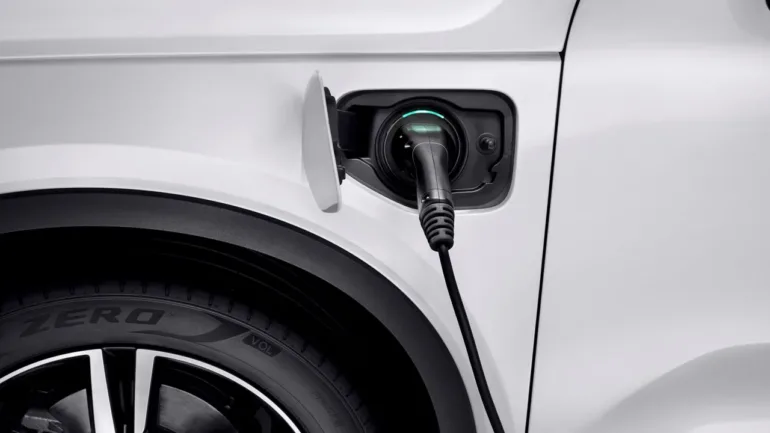The European car market has experienced a symbolic, almost historic shift this year: plug-in hybrids (PHEVs) have overtaken diesel engines for the first time. While diesel was virtually untouchable a decade ago, today it ranks only fourth and seems to be rapidly creeping towards the periphery of the automotive world. In the first ten months of 2025, diesel's market share fell to just 8 percent, while PHEVs - Plug-in hybrids - are already reaching 9.4 percent and confidently taking over its former position.
Plug-in hybrids?! That diesel was losing its way became clear years ago. First it was overtaken by petrol engines, then self-charging hybrids, then even electrics – and each step down was another reminder that diesel dominance would not last forever. Even those who recently defended it as the “most rational choice” now quietly admit that the story is becoming increasingly nostalgic.
Why is Europe abandoning diesel?
The reasons for this decline are varied, but they are intertwined into a fairly logical whole. Europe has set a framework within which, through strict emission limits, diesel simply doesn't feel at home anymore. Technologically demanding developments, complex emissions controls, the associated costs – all this has shifted manufacturers towards electrification, which has become not only a necessity but also a business. Diesel has been almost wiped out from the compact and city classes; models that were once famous for their economical small TDIs and dCi now offer hybrid solutions, electric alternatives or simply improved petrol engines.
To this should also be added the collective memory that he left behind. dieselgateThe affair severely undermined trust and created a stigma that has never left diesel in the public eye. When we add to this the government incentives for hybrid and electric vehicles and the fact that 2035 is approaching – the symbolic point when EU bans sale of new internal combustion vehicles –, it becomes completely clear why diesel is crawling off the pedestal.

From peak to fall: a brief chronology of the diesel drama
In the early 2010s, diesel was practically the standard. More than 50 % of all new registrations? Of course. But today its market share is falling faster than bitcoin's after the tweet.
-
2017 – gasoline engines are overtaking diesels.
-
2021 – for the first time, self-charging hybrids are also overtaking them.
-
2022 – electric cars are beating diesels.
-
2025 – plug-in hybrids are overtaking diesel, pushing it into fourth place.
In the first ten months of 2025, diesels only have 8 %, and PHEVs 9,4 % market share. The difference is clear, the trend even more so.
The rise of hybrids as the new European classics
Meanwhile, hybrids are rising to the forefront. With more than a third of the market share (34.7 %) in the EU+EFTA+UK region, they have become the new European classic – a compromise between efficiency, practicality and the ecological discourse dictated by the times. Electrics are growing more slowly but steadily, especially due to the ever-widening range. Renault's new electric Twingo and Volkswagen's upcoming ID. Polo are clear proof that the battle for affordable electric cars is just beginning.
The electric future is upon us.
Electric vehicles will gain even more traction in the coming years — also thanks to a new wave of affordable Chinese models and ambitious projects from European manufacturers.
Renault has already introduced a new Twingo E-Tech, and Volkswagen is preparing ID. Polo, which will hit the roads next year. In 2027, we expect an even cheaper, completely entry-level model that could become the “new people's car”.
What does this mean for the future?
While diesel will not disappear overnight – it still plays an important role in delivery vehicles, long-haul and high-mileage users – it is clear that its golden age is coming to an end. As Europe moves forward towards quieter, more efficient and more electrified roads, diesel will remain largely a symbol of a bygone era and an interesting footnote in the history of mobility.






